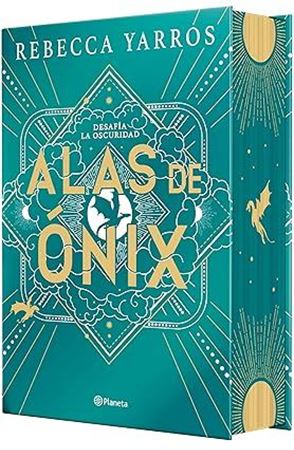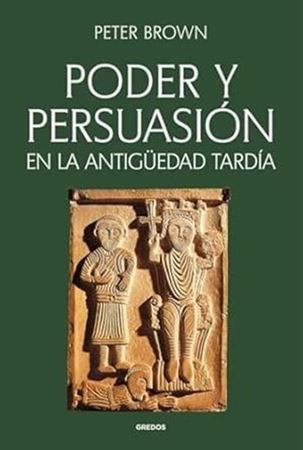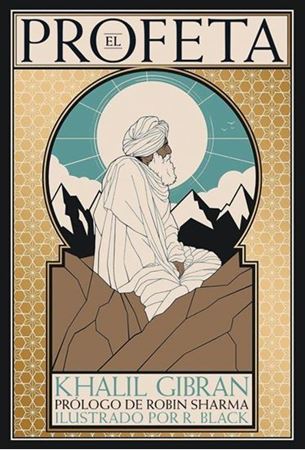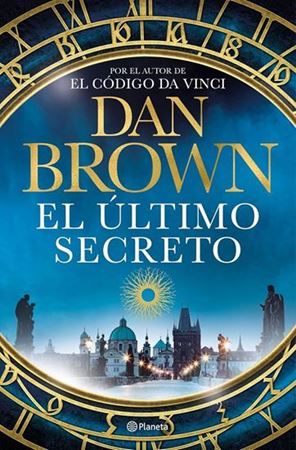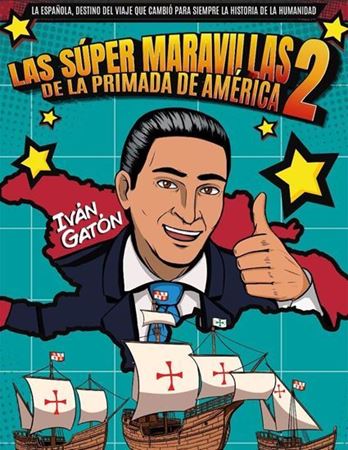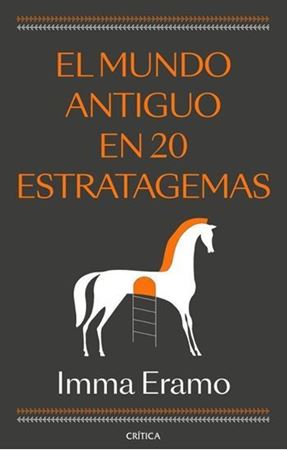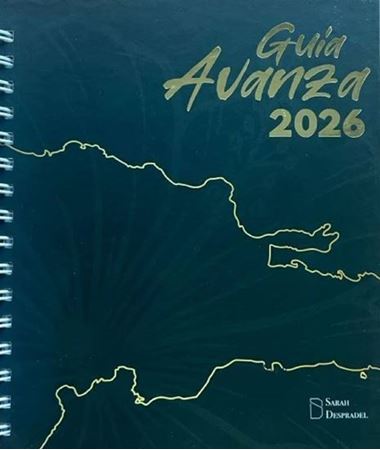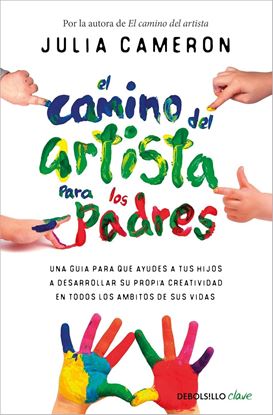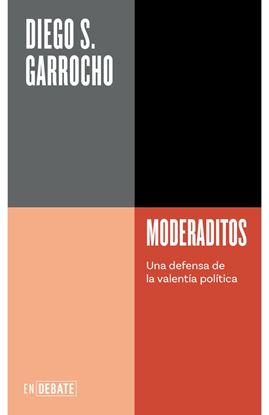

NOVEDADES
LITTLE DRAGONS 1. PEQUENOS DRAGONES
¿Crees en los dragones? Ellos creen en ti.
Lejos de aquí existe un lugar donde reina la magia. Su nombre es Dragalia y está habitada por unos seres fascinantes… Son los Little Dragons, y solo los niños elegidos pueden unirse a ellos. Wanda es una de esas niñas afortunadas, pero tiene un reto por delante: si quiere convertirse en jinete de dragón, antes deberá encontrar a su Littlle Dragon.
¿Será capaz de despertar su magia?
950
NOS VEMOS ALLA ARRIBA (BOL)
En noviembre de 1918, tan solo unos días antes del armisticio, el teniente d'Aulnay-Pradelle ordena una absurda ofensiva que culminará con los soldados Albert Maillard y Édouard Péricourt gravemente heridos, en un confuso y dramático incidente que ligará sus destinos inexorablemente.
Édouard, de familia adinerada y con un talento excepcional para el dibujo, ha sufrido una horrible mutilación y se niega a reencontrarse con su padre y su hermana. Albert, de origen humilde y carácter pusilánime, concilia el sueño abrazado a una cabeza de caballo de cartón y está dispuesto a lo indecible con tal de compensar a Édouard, a quien debe la vida. Y Pradelle, aristócrata venido a menos, cínico y mujeriego, está obsesionado con recuperar su estatus social.
De regreso en París, los tres excombatientes se rebelarán contra una realidad que los condena a la miseria y al olvido. Así, Édouard pergeña una ingeniosísima estafa con el fin de vengarse de su progenitor, que siempre lo repudió por su sensibilidad y sus habilidades artísticas. De paso quiere ayudar al fiel Albert, cuyo prurito es huir a las antípodas para olvidar a Cécile, su amor perdido. Aunque tal vez el más ambicioso sea Pradelle, que sacudirá la conciencia de Francia entera mediante una monumental operación delictiva concebida para amasar una rápida fortuna. Los escollos son considerables, pero la voluntad de los tres parece infinita.
950
EL ESPEJO DE NUESTRAS PENAS (BOL)
Esta Primavera de 1940. Louise Belmont, de treinta años, corre desnuda y recubierta de sangre por el bulevar de Montparnasse. Para entender la macabra situación que acaba de vivir, esta joven maestra deberá sumergirse en la locura de un momento histórico sin parangón: mientras las tropas alemanas avanzan de forma implacable hacia París y el ejército francés está en plena desbandada, cientos de miles de personas aterrorizadas huyen en busca de un lugar más seguro. Atrapada en este éxodo sin precedentes, y a merced de las bombas germanas y de los azares del destino, la vida de Louise acabará cruzándose en un campamento del Loira con las de dos soldados desertores de la línea Maginot, un apasionado subteniente fiel a sus principios morales y un histriónico sacerdote capaz de plantar cara al enemigo.
La crítica ha dicho...
«Una eléctrica novela coral, a caballo entre el género negro y el histórico, ambientada en 1940, cuando los tanques nazis están entrando en París. Un año que guarda inquietantes paralelismos con la actualidad.»
950
EL CAMINO DEL ARTISTA PARA PADRES (BOL)
Conéctate con el crecimiento de tus hijos a través del descubrimiento y el despertar de vuestra creatividad
Después del éxito que recibió en la década de los 90 El camino del artista, Julia Cameron centra ahora su atención en los niños y nos propone un libro para que los padres desarrollen la creatividad de sus hijos. La teoría de Cameron es que la creatividad es una actividad espiritual por la que los padres pueden conectar con sus hijos y la mejor forma de despertarla es precisamente cuando los padres exploran su lado creativo propio.
Cameron propone una serie de ejercicios para el fomento de impulsos creativos que se caractericen más por la naturalidad y dejen de lado el impulso obsesivo por la perfección así como toda crítica que no sea constructiva y no aporte confianza.
950
DESTRUCTIVELY MINE (WEBS 2)
As the daughter of a con artist, Phoebe Graves only knew a life of swindling the rich until her best friend and fellow grifter, Hailey Tinrock, proposed an idea to start a new, honest life in a wealthy college town of Connecticut. Once there, they decided to leave behind their deceitful tricks and be truthful for once. But you know what they say about best intentions. . . .
While Phoebe is fake-dating Jake Waterford, the third-born son to an uber-wealthy and influential family, she’s actually dating and falling deeper in love with Brayden “Rocky” Tinrock—Hailey’s older brother. To make matters more complicated, Phoebe’s mother shows up out of the blue with conniving match-making designs of her own.
Her mother’s arrival threatens to unravel Phoebe’s plans. To keep her love, her friends, and her newfound happiness, Phoebe will have to return to her old games . . . and win.
950
MODERADITOS
En estas páginas, Diego S. Garrocho no arma una defensa de la prudencia ni de las buenas maneras en política, sino la constatación de cómo en un contexto atravesado por irracionales identitarismos y juegos de posición, la moderación es, sobre todo, un acto de valentía.
950

